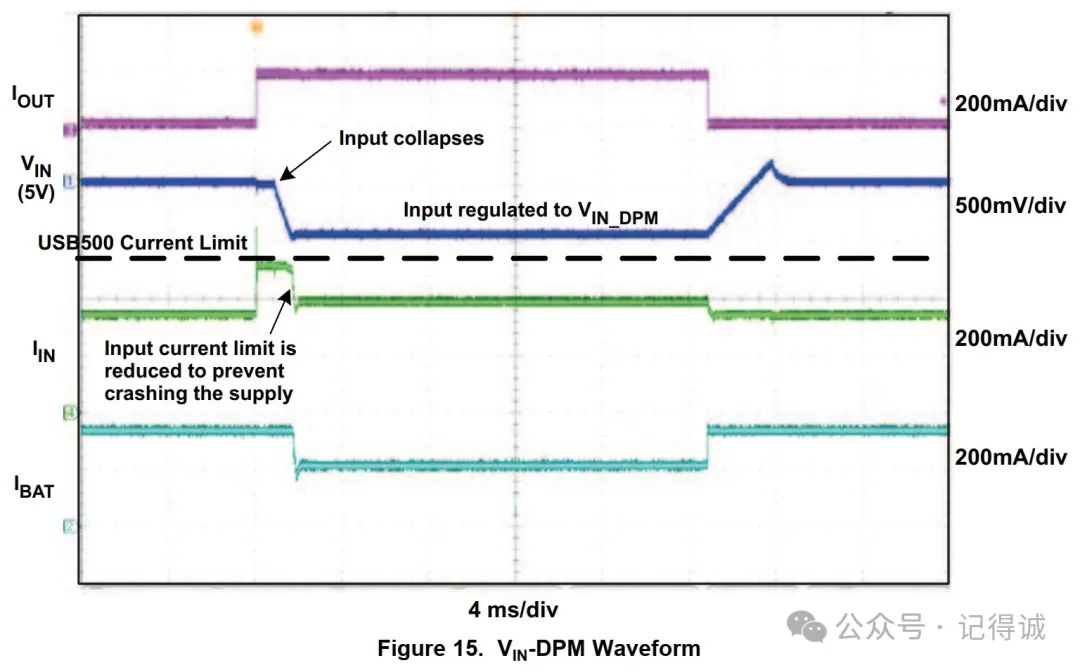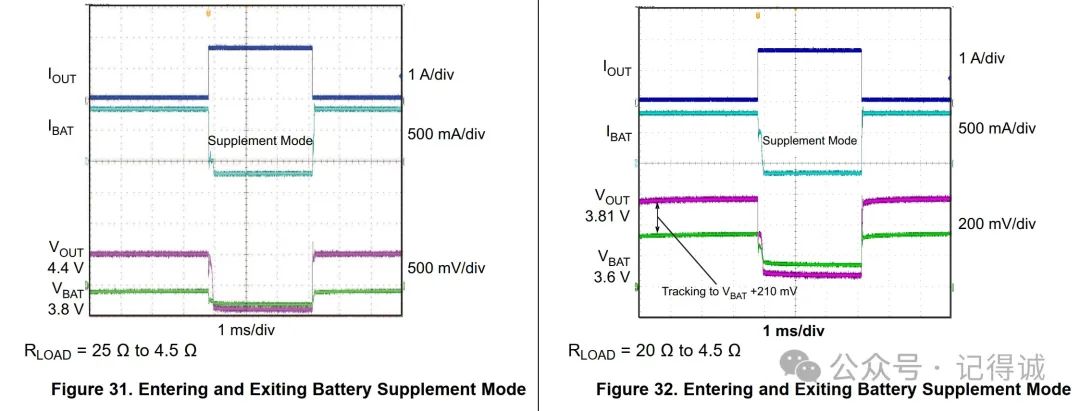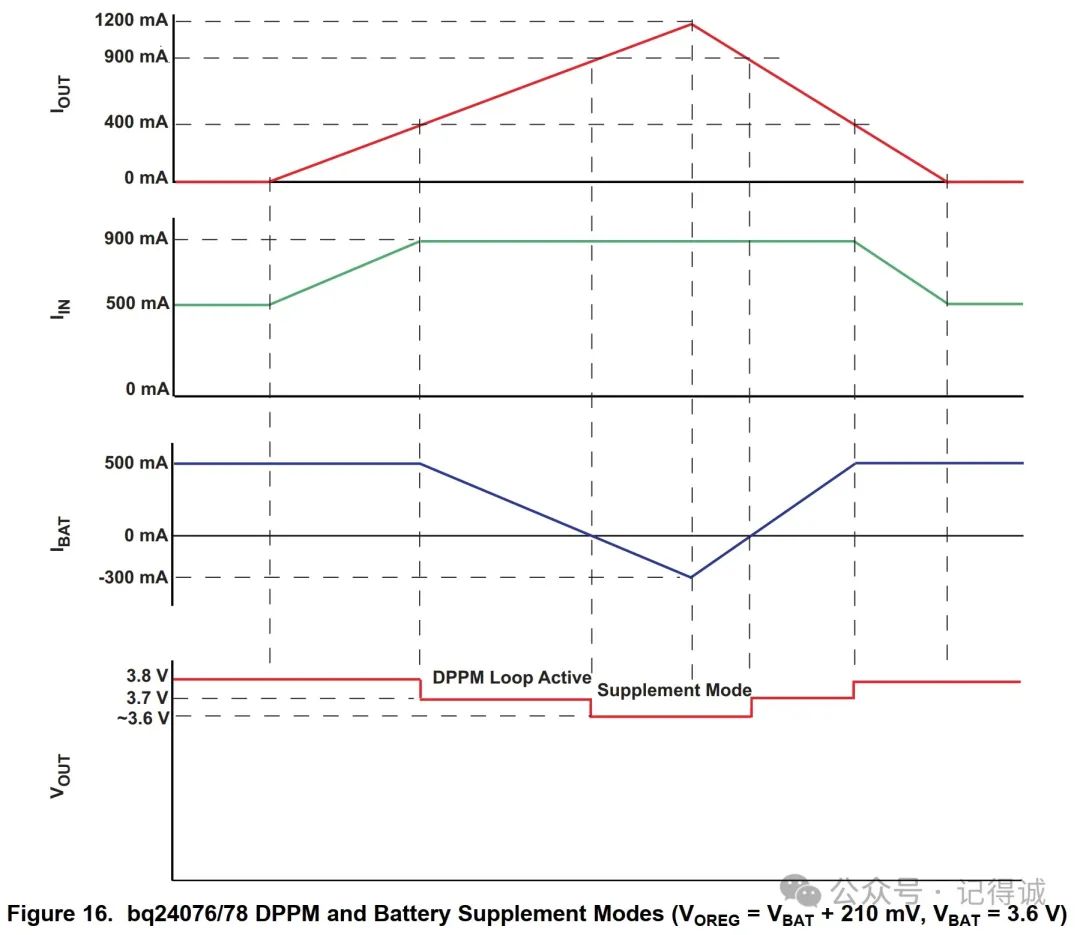Hello everyone, I am Jide Cheng.
This article discusses the DPPM function of charging chips, which stands for Dynamic Power Path Management. DPPM is the full name of Dynamic Power Path Management.
Have you ever thought about a question: when your phone runs out of battery and shuts down, you want to charge it while playing Honor of Kings? This means the charger is charging the internal battery while you are “charging” yourself by playing the game. Your phone needs to be powered on, the screen needs to be lit, and your ADC is busy attacking minions. Each phone charger has a known power output, for example, 30W, which means the adapter can provide a maximum of 30W. How does the phone allocate this 30W to ensure that the battery charges normally while you play Honor of Kings without interruption? Which is more important, charging the battery or playing Honor of Kings? Without further ado, let’s get straight to the point.
1. Three Essential Tips
Continuing with the topic of playing Honor of Kings, many friends might have picked up their phones, ready to duo rank up. But they find that their phone only has 1% battery left. What should they do? You decide to use your three essential tips.
1.1 First Tip
In a panic, you grab a generic charger (non-original). The Charger IC detects that your input voltage is abnormal and is dropping. At this point, it will reduce the input current limit to prevent further decline.
1.2 Second Tip
You turn on high frame rate mode and set the phone brightness to maximum. Your ADC feels gradually better. However, the phone’s power consumption is quite high now. The current charging the battery plus the current for playing Honor of Kings exceeds the maximum output current of the adapter, leading to a supply-demand imbalance. The system output voltage will drop, and when it falls to this value, the Charger IC will automatically enter DPPM mode.
In DPPM mode, your priority for playing the game is the highest. You are still not satisfied and turn the phone volume to maximum, further increasing power consumption. The system will favor you, reducing the current charging the battery and distributing that current to you. Of course, if you keep being “greedy”, the system will gradually reduce the battery charging current, allocating all the adapter output current for you to play Honor of Kings.
1.3 Third Tip
Even though everyone is helping you, you play two matches and lose both; you are too weak. At this point, you call your good buddy to duo with you, and you start a voice chat, which increases power consumption again. While using the second tip, the Charger IC has already stopped charging the battery, meaning the charging current is 0. All the adapter’s energy is used to help you play Honor of Kings. When your power consumption exceeds the maximum input of the adapter, the output voltage will drop. When it drops to this value, the battery will endure not being charged (not receiving power) and sacrifice itself to provide energy for you, helping you rank up until your performance improves and the output voltage rises to this value, at which point the battery will stop supplying energy to you.
2. Explanation of the Three Tips
2.1 First Tip: Input DPM Mode
Input Dynamic Power Management Mode. When the charging USB port is configured to USB100 (EN2=0, EN1=0) or USB500 (EN2=0, EN1=1) mode, the system monitors the input voltage. When it drops to this value, the input current limit decreases to prevent further decline in input voltage, thus preventing system crashes caused by poorly designed or incorrectly configured USB sources.

You can find this value in the SPEC of the Charger IC.

2.2 Second Tip: DPPM Mode
Dynamic Power Path Management Mode. When the sum of the charging current and the system load current exceeds the maximum input current (set by EN1, EN2, and ILIM pins), the output voltage drops. Once the voltage on the output pin drops to this value, the charging chip will automatically enter DPPM mode. In this mode, the charging current decreases as the output current increases to maintain system output.
You can find this value in the SPEC of the charging chip, which indicates that when the output voltage drops to the battery voltage plus 100mV, the charging chip will enter DPPM mode.

2.3 Third Tip: Battery Supplement Mode
Battery Supplement Mode. In DPPM mode, if the charging current drops to zero and the system load current increases beyond the set input current limit, the output voltage further decreases. When the output voltage falls below the threshold, the battery supplements the system load. When the output voltage rises above the threshold, the battery stops supplementing the system load.
In battery supplement mode, the current supplied by the battery to the load is unregulated (BAT-FET is fully open), but there is short-circuit protection. When the VOUT voltage is lower than the battery voltage, after waiting for some time, if the overload still exists, the output will be turned off, which is referred to as the output short-circuit protection threshold. At this point, the short-circuit recovery counter starts counting. After some time, VOUT will be turned on again to attempt a restart. If the short-circuit still exists, VOUT will be turned off again, and the counter will continue counting.

You can find parameters such as this value, this value, etc., in the SPEC, which generally provides these values.

3. Successful Mastery
When an input source is connected, the system load is prioritized. DPPM and battery supplement modes are used to maintain the system load. The following diagram illustrates examples of DPPM and supplement modes. This is why you can rank up.
Almost all charging chips now come with DPPM functionality. Charging chips without DPPM functionality may cause system crashes and can damage the battery to varying degrees. Your journey to rank up in Honor of Kings is thanks to DPPM.

Have you learned it? See you in the next issue.
Recommended Reading:
How to Choose a Suitable MCU Chip?
How do hardware engineers accumulate their hardware knowledge?